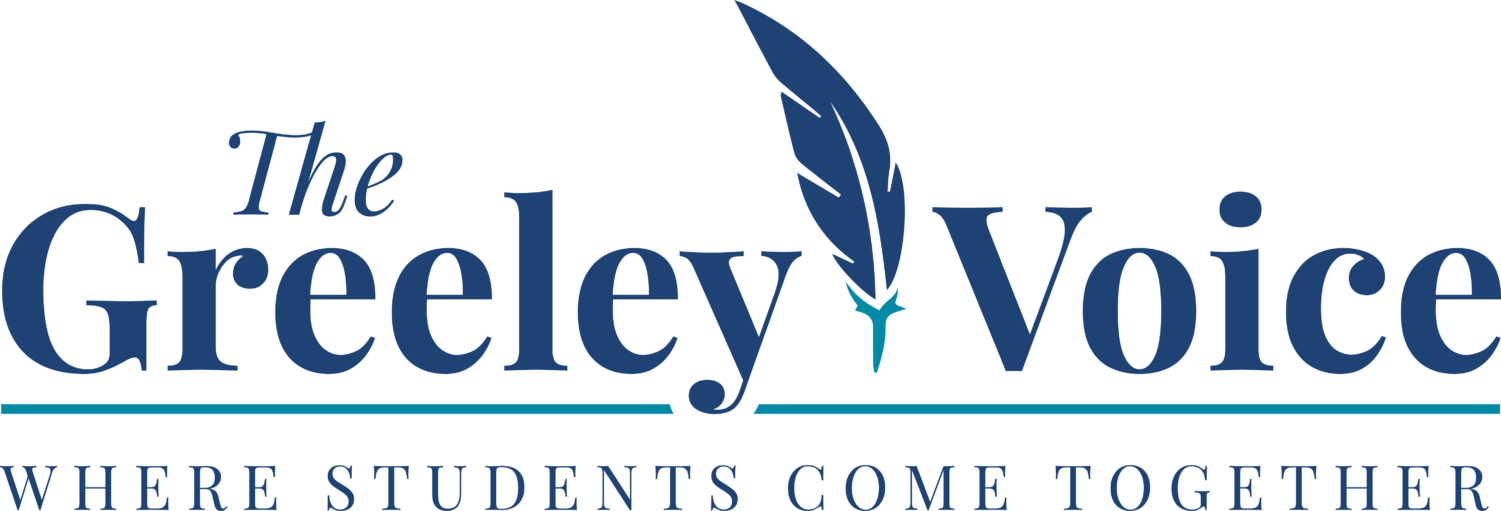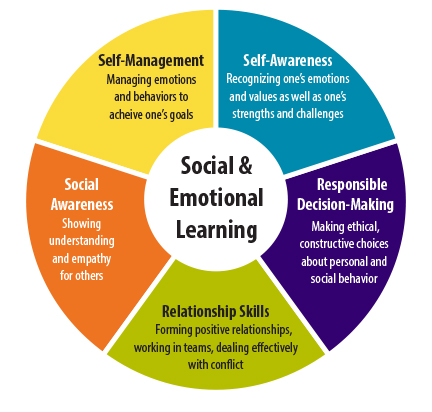In the complexity of the school environment, where academic challenges often take center stage, one question lingers in the minds of students, educators, and parents alike: Can Social and Emotional Learning (SEL) be the missing piece to academic and personal success? To answer the question simply—yes. In the face of our current youth mental health crisis, social and emotional learning classes are pivotal to students’ well-being and success. According to a 2023 survey of high school students by the American Psychological Association, 80% of high school students report feeling stressed about school and academic performance. Even more concerning, the report concluded that current high school students in the United States report higher stress levels on average than adults. SEL programs incorporate a diverse range of activities aimed at nurturing essential life skills to mitigate the effects of stress, according to Dr. Roger Weissburg, a psychology researcher and board member of CASEL (Collaborative for Academic, Social, and Emotional Learning). Among these activities, students practice time management, organizational strategies, and goal-setting exercises to develop professional skills, as well as introspective exercises that encourage exploration of personal strengths and areas for growth. The benefits indicate that it is time for school administrators to recognize that students’ journeys throughout high school are much more than just academics by incorporating SEL into schools.
The Success of SEL
The statistics behind SEL speak for themselves. A 2023 meta-analysis by the Society of Research for Child Development (SRCD) reviewed more than 200 studies on SEL programs in schools, and observed a striking 27% decrease in dropout rates, while college enrollment rates soared by an impressive 22%. A similar meta-analysis conducted by the same organization also reported that students who took SEL saw an 11–17% increase in academic achievement tests, compared to students who did not. From a social perspective, a research report from the International Journal of Bullying Prevention by researchers at Columbia University revealed that when SEL programs were implemented in high schools, bullying and victimization decreased by around 20–30%. Based on the tangible successes, according to additional reports from CASEL, at least 27 states implement some form of SEL in schools. Furthermore, 30 states are actively debating on administering regulations to encourage school districts to adopt similar programs, highlighting the growing recognition of the significance of SEL in education.
At Greeley, many students believe that they would benefit from SEL programs as well. As an executive of the Greeley SADD (Students Against Destructive Decisions), senior Julianne Wang notes that “most students I know would like the idea of focusing more on personal growth and preparing skills for the future. I think that the only pushback would be if it interfered with other classes, so we have to make sure that it doesn’t take away from the focus of classes…. I also think that [students want to feel] more supported and that they can trust the system and teachers.” Furthermore, she elaborates on specific skills she thinks are most ideal to foster if SEL was formally implemented into our school: “[A balance of] soft skills and real-life skills, such as emotional management, because as young adolescents, we often have a lot of intense emotions to process.” She continues, “Time management skills are imperative for the future, as well as social awareness of how you should treat [others].” From a student perspective, it becomes evident that integrating SEL into high school curriculums is not just beneficial but essential. The practical skills cultivated through SEL activities contribute not only to academic success, but also empower students to navigate their lives with resilience and empathy. However, Wang also raises a strong point about the challenges that come with incorporating such a program into the current school curriculum.
Addressing Obstacles with SEL-integration
Wang’s concern is one that is shared by many in the debate surrounding SEL classes: Could SEL be a diversion of finite time and resources from core academic subjects? Detractors argue that introducing SEL classes may inadvertently shift the focus away from subjects such as math and science, which are considered the foundations of a student’s education. The contention here is that limited hours within a school day should be prioritized for these fundamental subjects to ensure students acquire the necessary skills and knowledge for future academic and professional pursuits. As schools grapple with tight schedules and curricular demands, the integration of SEL may be perceived as a potential trade-off, sparking debates about the proper allocation of educational resources.
A complementary concern revolves around the notion that the effectiveness of SEL is not a “one-size-fits-all” proposition. Each student brings a unique set of experiences, challenges, and learning styles to the classroom. What resonates positively with one student may not necessarily have the same impact on another. This inherent diversity in student needs poses a significant challenge for educators seeking to implement effective SEL programs. Addressing this challenge requires a nuanced and tailored approach that considers the individualized requirements of students.
Greeley administrators seem to have some ideas on how to address such issues. Student Assistance Counselor Carolyn D’Agostino provides an interesting point of view on the challenges that educators may face when trying to implement SEL classes. She points out how “it’s easy [for most people] to say ‘SEL cannot be done school-wide; it should be done in a separate class with skilled individuals’– but I disagree with that. I really think that if we integrate it into the school, different students can [be taught by] different teachers throughout the day, and are going to get different exposures or experiences.”
Ms. D’Agostino further builds upon the idea that SEL does not have to be taught as a separate class, and rather can be incorporated “in subtler ways throughout all of the classes—even in math class where it tends to be less emotional and more rational….simply having five minutes of mindful thinking time at the beginning of classes can truly help.” Ultimately, there are ways to incorporate SEL into school curriculums that are non-invasive and tailored to each student.
SEL in the Future
The benefits reaped by high schools reported by researchers undeniably support the potential of SEL to foster a more inclusive and harmonious school community, and promote positive interpersonal relationships. With the benefits outweighing the disadvantages, it is evident that SEL will enhance the student experience as long as it is incorporated with a tailored approach that addresses the unique needs of each school community. While concerns about time allocation and individualized effectiveness are valid, successful findings from schools already implementing SEL suggest that a well-balanced approach yields significant positive outcomes.





